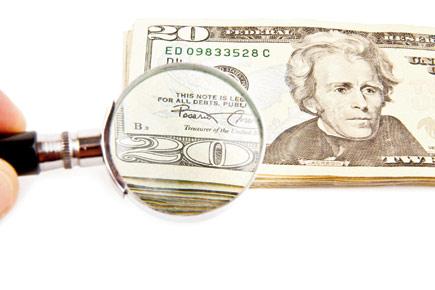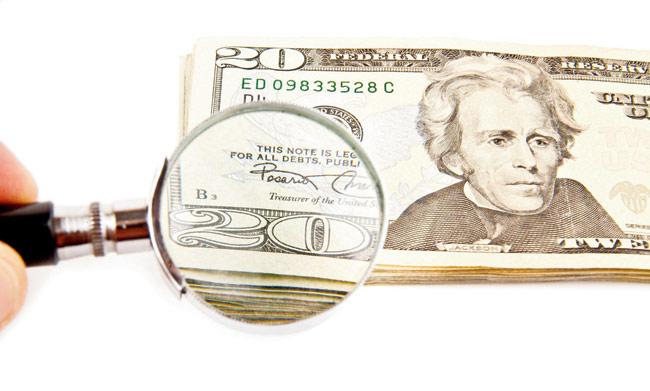The invisible, anti-counterfeiting 'fingerprints' can be planted not only into currency or credit cards, but also on gadgets

Fake notes
London: Fake currency and counterfeit credit cards that often invade the markets may soon become things of the past if newly-developed invisible ‘fingerprints’ — tiny tags made of silver nanowires — stand the test of time.

Representation Pic/Tinkstock
The silver nanowires could form a unique pattern when randomly scattered, making it extremely difficult, if not impossible, for reproducing the objects. These invisible, anti-counterfeiting ‘fingerprints’ could be embedded not only into currency or credit cards, but also on gadgets, the study noted. The technique is simple and also inexpensive.
Scientists from the Korea Advanced Institute of Science and Technology (KAIST) created a solution with silver nanowires, each wire only about 10 to 50 microns (a millionth of a metre) long.
They then coated the wires with silica and doped them with fluorescent dyes, making them visible when analysed with a fluorescence microscope. To help locate the reference print-data in an online database, the fingerprint could be tagged with a unique barcode, the researchers maintained. While counterfeiters could conceivably reproduce that barcode, the reference-print itself would not match up, making the counterfeit product invalid.
“Once a pattern is tagged and stored on a database using a unique ID, a certain substrate, whether this is a bank note or a credit card, could be authenticated almost immediately by observing the fluorescence images and comparing it with stored images,” said scientist Hyotcherl Ihee from KAIST.
The nanowires are so tiny and tricky to manipulate into a specific pattern that it is nearly impossible to replicate the fingerprints, said the researchers. The study appeared in the journal Nanotechnology.
“The cost of generating such an identical counterfeit pattern would generally be higher than the value of the typical product being protected,” Ihee said.
ADVERTISEMENT
 Subscribe today by clicking the link and stay updated with the latest news!" Click here!
Subscribe today by clicking the link and stay updated with the latest news!" Click here!







